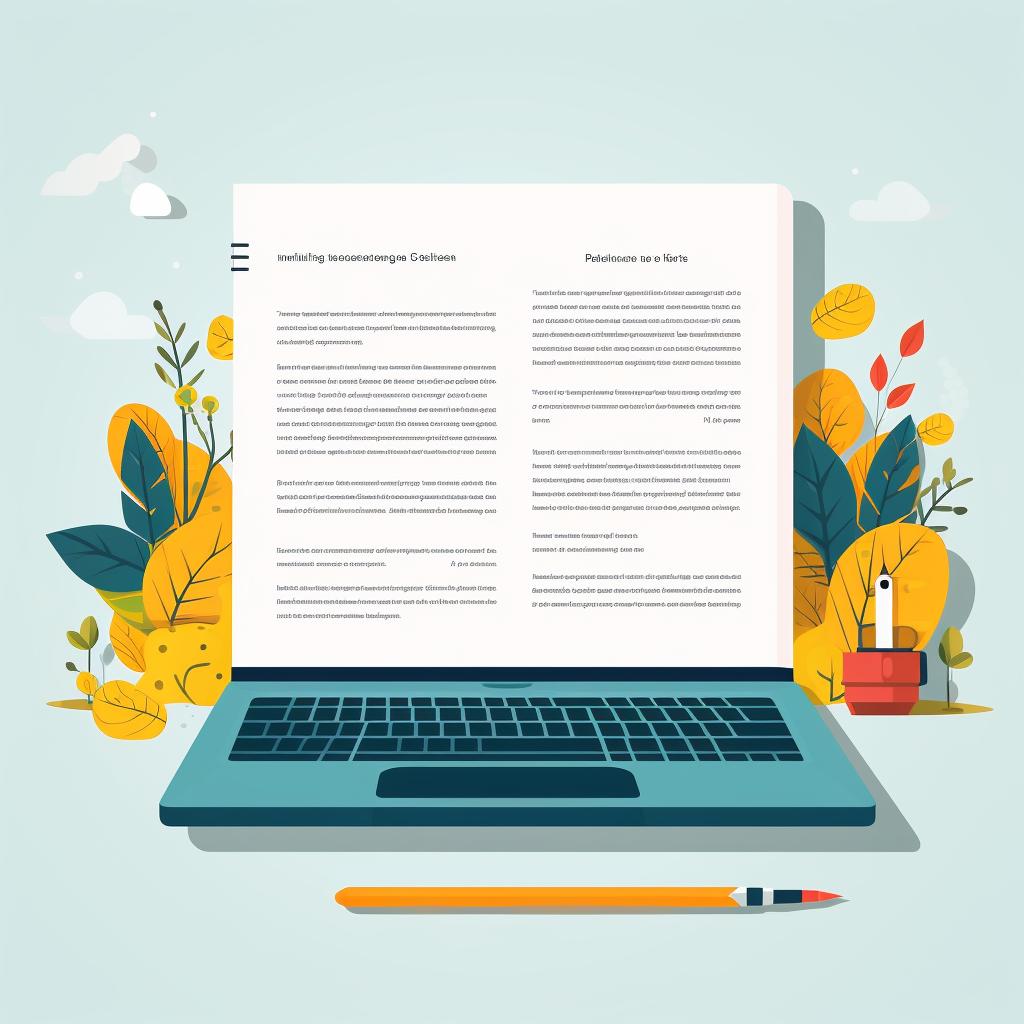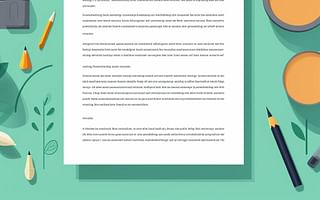📚 Mastering the Synthesis Essay Format 🖋️
Mastering the synthesis essay format
The synthesis essay is a unique type of academic writing that requires you to combine information from multiple sources to create a cohesive argument. To help you excel in this format, we have created a step-by-step guide that will take you through the process of crafting a well-structured and persuasive synthesis essay.
Step 1: Introduction
Begin your essay with an engaging sentence that grabs the reader's attention. Provide some background information on the topic and state your thesis. This sets the stage for your synthesis essay and gives the reader a clear understanding of what to expect. Remember, your introduction should be concise and to the point, while still capturing the reader's interest.
Step 2: Body Paragraphs
The body paragraphs of your synthesis essay are where you present and discuss your arguments. Each paragraph should cover a different point and be supported with evidence from your sources. Make sure to clearly state your main idea in each topic sentence and provide relevant examples and analysis to support your claims. By organizing your thoughts and evidence in a logical and coherent manner, you will create a strong and persuasive argument.
Step 3: Conclusion
In the conclusion of your synthesis essay, you should restate your thesis and summarize your main points. However, don't simply repeat what you have already said. Instead, use this opportunity to connect your ideas to the broader context. Explain the significance of your argument and its implications for the topic at hand. By doing so, you will leave the reader with a clear understanding of your synthesis and its relevance.
In summary, mastering the synthesis essay format requires careful planning and organization. By following these steps, you will be able to create a well-structured and persuasive essay that effectively combines information from multiple sources. Remember to engage your reader from the start, provide strong evidence to support your claims, and leave them with a clear understanding of your argument's significance. With practice and dedication, you will become a master of the synthesis essay format.
At Superior Formatting, we provide comprehensive guides on essay formatting, including APA format heading, how to write a book title in an essay, and essay outline templates and guides on various essay types, such as expository essays and synthesis essays. Our goal is to help you make your essays stand out with superior formatting.












